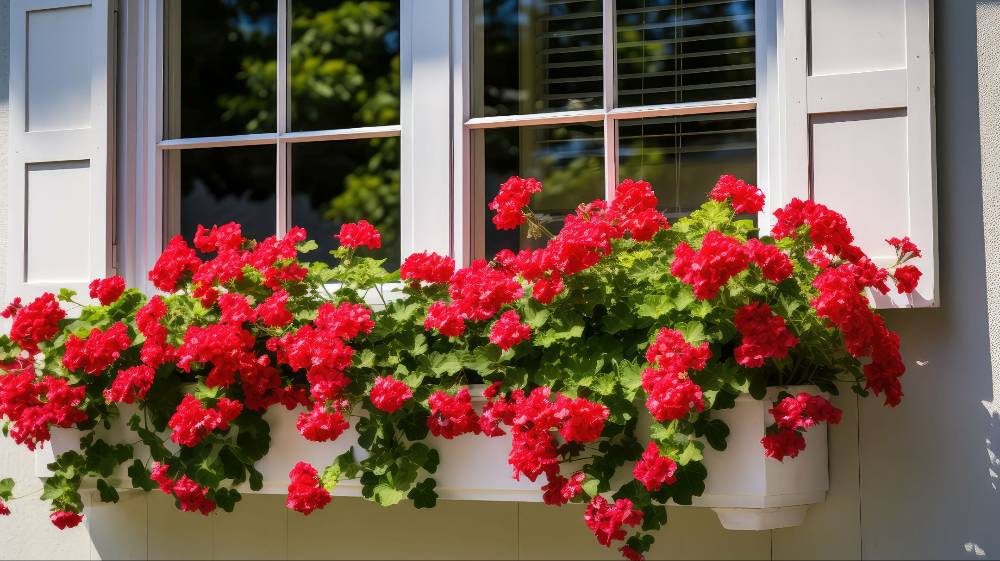It’s annoying to find a layer of dust come again after you just clean the house. And no matter how often you clean, this unwelcome guest seems to reappear, almost as if mocking your efforts.
For many homeowners like you, the persistence of dust is a never-ending battle, challenging both your patience and cleaning skills. But as you can see, understanding the composition and sources of dust can be the first step towards gaining the upper hand in this fight.
Understanding Dust: Composition and Sources
Dust isn’t just an accumulation of dirt, it’s a complex mixture with various origins, both indoors and out. Knowing what constitutes dust and where it comes from can empower you to tackle it more effectively.
Composition of Dust
Dust is a microcosm of everyday life, comprising elements you may not have considered. It’s made up of dead skin cells shed by humans and pets, tiny fibers from clothes and upholstery, and minute particles like pollen and pollutants from outside. This mixture settles on surfaces, contributing to the persistent dust layer in your home.
Sources of Dust
To target your cleaning efforts efficiently, you need to understand dust’s diverse sources. Outdoor particles like pollen sneak in every time doors or windows are opened. Our furry companions, while adorable, also contribute significantly with their dander. And surprisingly, we humans are walking dust factories, constantly shedding skin cells and hair that add to the indoor dust levels.
Effective Ways for Dust Reduction
Tackling dust requires more than just the occasional clean-up, it necessitates a strategic approach tailored to its unique makeup and sources.
1. Consistent Cleaning Routine
A regular cleaning routine is essential in the fight against dust. Consistency is key – it’s not about grand cleaning gestures but rather about maintaining a routine that keeps dust from accumulating.
2. Use HEPA Filter Vacuums
Opt for a vacuum with a High-Efficiency Particulate Air (HEPA) filter. These filters are specifically designed to trap even the smallest particles, ensuring that you’re removing dust effectively from your home.
3. Regular Pet Grooming
Our beloved pets, while a source of joy, can also be a source of dust. Regular grooming can help reduce the amount of pet hair and dander – two major contributors to household dust.
4. Declutter to Minimize Dust Accumulation
A cluttered home provides more surfaces for dust to settle on. By keeping your space decluttered, you reduce the number of dust hotspots and make cleaning more manageable.
5. Implement a No-Shoes Policy Indoors
An easy yet effective strategy is implementing a no-shoes policy inside your home. This simple act can decrease the amount of dirt and dust brought in from outdoors. Pairing this with designated shoe storage at your entryway ensures shoes are kept organized and prevents outdoor debris from spreading further into your home.
6. Use Air Purifiers with HEPA Filters
Air purifiers equipped with HEPA filters can work wonders in capturing airborne dust particles, which significantly improves the air quality inside your home.
Specific Cleaning Techniques and Areas
Efficient dust reduction also involves focusing on specific areas and employing effective cleaning techniques.
7. Dust and Wipe Surfaces with Microfiber Cloths
Microfiber cloths are excellent for dusting as they attract and hold dust particles instead of merely moving them around. Paying attention to frequently missed spots, such as the tops of shelves and underneath furniture, can make a big difference.
8. Focus on High-Traffic Areas for Regular Vacuuming
High-traffic areas in your home are prone to more dust accumulation. Regular vacuuming in these areas, especially with a HEPA filter vacuum, can help keep dust levels down.
9. Special Attention to Bedding
Your bed can be a breeding ground for dust mites. Washing your sheets and pillowcases weekly in hot water can help reduce their presence and the overall dust in your bedroom.
Preventive Measures
In addition to cleaning, certain preventive measures can help control the amount of dust in your home.
10. Keep Windows and Doors Closed During Pollen Seasons
To minimize the influx of outdoor dust, keep windows and doors closed, especially during high pollen seasons. This simple step can drastically reduce the amount of dust entering your home.
11. Lay Out Doormats at Entrances
Placing doormats at every entrance can largely reduce the amount of dirt and dust tracked into your home. Regularly cleaning these mats can also help in reducing dust.
Home Maintenance for Dust Control
Proper home maintenance plays a crucial role in dust reduction.
12. Change HVAC and Furnace Filters Regularly
Regularly changing the filters in your HVAC and furnace systems can also significantly reduce the amount of dust circulating in your home. Ensure you use filters with appropriate MERV ratings to trap dust effectively.
13. Seal Gaps Around Windows and Doors
Small gaps around windows and doors can let in dust. Sealing these gaps can help keep your home dust-free.
Additional Tips and Tricks
Some unconventional yet effective methods can further aid in dust reduction.
14. Innovative Dusting Techniques
Sometimes, the best solutions are the simplest. Using items like dryer sheets for dusting baseboards or a damp microfiber cloth can make a big difference. These tools can attract and hold dust effectively, making your cleaning process more efficient.
15. Implementing Dust Reduction in Specific Home Areas
Every area of your home may require a unique approach to dust control. For instance, using a lint roller over lampshades and curtains can easily remove dust without the need for intensive cleaning. Similarly, polishing plant leaves not only makes them look better but also prevents dust accumulation.
Frequency and Order of Cleaning
Understanding the right frequency and order of cleaning is also important for effective dust control.
16. Determine the Ideal Frequency for Dusting and Vacuuming
There’s no one-size-fits-all rule for how often you should dust and vacuum. It largely depends on your home’s specific needs. However, a general guideline is to dust at least once per week, with more frequent cleaning in dust-prone or high-traffic areas.
17. Optimal Cleaning Order: Top-to-Bottom Approach
When cleaning, always start from the top and work your way down. This method ensures that any dust dislodged from higher surfaces is captured when you clean the lower areas and the floors last.
Conclusion
Dust might be an inevitable part of home living, but it doesn’t have to dominate your space. With these right strategies in place, hope you can reduce the dust in your home.





